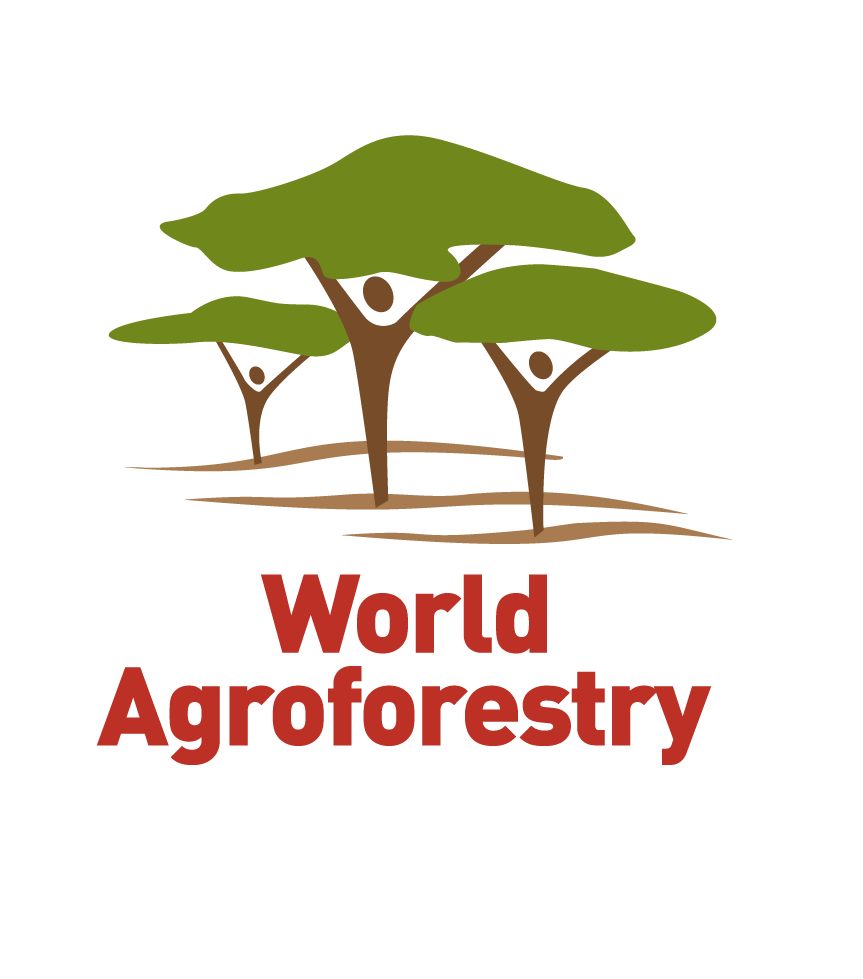Related Links
Local names:
Afrikaans (blinkblaar-wag-‘n-bietjie,buffelsdoring), Amharic (foch,ado kurkura), English (buffalo thorn,Cape thorn), French (jujubier de la hyene), Ndebele (umphafa), Shona (muchecheni), Swahili (mkunazi), Tigrigna (gaba-harmaz), Tswana (mokgalo), Xhosa
Ziziphus mucronata is usually a shrub or medium-sized tree up to 9 m tall with a trunk that is frequently crooked; branches spreading, often drooping, branching well above ground or near the base. Bark grey-brown and smooth when young (often spiny), but becoming darker brown and fissured with age. Leaves ovate to broadly ovate, mucronate, 2.5-8 x 1.9-8 cm, shiny, densely hairy to quite smooth. The twigs, leaf stalks and veins (3-nerved from the base) often covered with fine hairs, especially when young. The strong thorns are in pairs, 1 straight to 2 cm and the other smaller and recurved, leaves arising between the 2 thorns. Flowers small, yellow, inconspicuous, bisexual, in tight axillary clusters, often producing copious nectar. Fruit a round, reddish-brown, glossy drupe. Trees with 2 types of fruit, the small type 7-10 mm in diameter and the large type 15-25 mm in diameter, all often remaining on the tree after the leaves have fallen. The pulp is dry and meally. The generic name is derived from the latinized version of the Arabic vernacular name ‘zizouf’ for Z. jujuba; ‘mucronata’ refers to the shape of the leaf.
Ecology
Z. mucronata grows in areas dominated by thorny vegetation in both temperate and tropical climates. Also found in open scrubland, woodland, forest margins and riverine vegetation. It is a very hardy species, most common in dry areas; it is resistant to both frost and drought. Regarded as an indicator of underground water.
Native range
Angola, Botswana, Eritrea, Ethiopia, Ghana, Kenya, Lesotho, Mozambique, Namibia, Niger, Senegal, Somalia, South Africa, Sudan, Swaziland, Tanzania, Uganda, Zimbabwe
Tree management
Z. mucronata is very adaptable, growing in all types of soil and standing intense heat and cold equally well. A fast-growing tree, under good conditions it will reach a height of 4-6 m in 4-5 years. Can be managed through lopping, pollarding and coppicing. Trees can be planted as scattered groups of 10-20 individuals to act initially as fodder trees and later as shade. Young trees must be protected from browsing cattle. The root system is not aggressive.
Orthodox storage behaviour; viability maintained for 2 years in hermetic air-dry storage at 5 deg. C. There are 500-2000 seeds/kg.
Z. mucronata grows in areas dominated by thorny vegetation in both temperate and tropical climates. Also found in open scrubland, woodland, forest margins and riverine vegetation. It is a very hardy species, most common in dry areas; it is resistant to both frost and drought. Regarded as an indicator of underground water.
Grows easily from direct sowing, seedlings, root suckers and natural regeneration. Remove the flesh and soak in cold water for 6 hours. Cover the seed in seedling trays with a thin layer of river sand and keep moist. Seeds usually germinate in 2-3 weeks with a minimum of 75% germination. Germination is epigeal. Seedlings transplant easily into black nursery soil but they have long taproots and care should be taken not to damage them. There are 700-1100 fruit/kg.
The fruit, with thin, meally flesh and a sweetish taste, is eaten fresh or dried, in meal or porridge. The young leaves can be cooked and eaten as spinach; they are not very palatable but are nutritious. Seeds are roasted, crushed and used as a coffee substitute.
Fodder: A valuable fodder tree, especially in drier areas. Stock and game (giraffe, eland, kudu, sable, black wildebeest, nyala, impala, klipspringer, springbok, Sharpe’s greysbok, steenbok, Damara dik-dik and warthog) relish the highly nutritious leaves and fruit.
Apiculture: Beekeepers consider Z. mucronata a valuable source of nectar.
The wood is hard and makes good firewood and charcoal.
Timber: The termite-resistant wood is used for building poles and posts, live and dry fences, and for hunting and fishing weaponry. Whips and bows are made from saplings and from the flexible shoots. Thorny branches are sometimes used to make kraals.
Tannin or dyestuff: The bark contains 12-15% tannin.
Medicine: A wide remedy for almost any pain is a poultice of the powdered and baked roots, which are eaten after they are removed from the affected area. Boils and other skin infections are treated with leaf paste, and this, together with an infusion of the roots, is a treatment for tubercular gland swellings, measles, dysentery, lumbago and chest complaints. Roots are used to treat snakebite. The bark is used as an emetic; bark decoction is used for rheumatism and stomach troubles; bark infusion is used to treat coughs; and bark is used in a steam bath to purify the complexion.
A useful species to plant as a hedge around camps. It forms an impenetrable hedge for at least 10 years before the crown is too high off the ground to act as a barrier.
